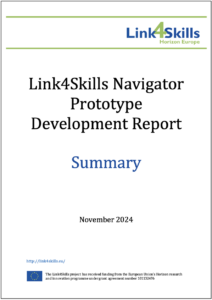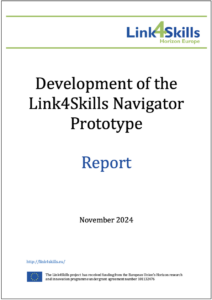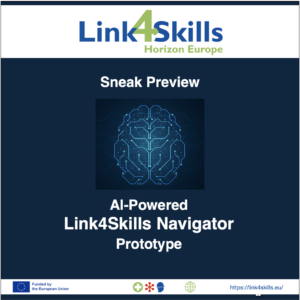Powered by AI
At the heart of the project is the development of the Link4Skills Navigator, supported by AI and guided by the key principle of ensuring fair skill flows between sending and receiving countries. Scroll through below for the latest details …







